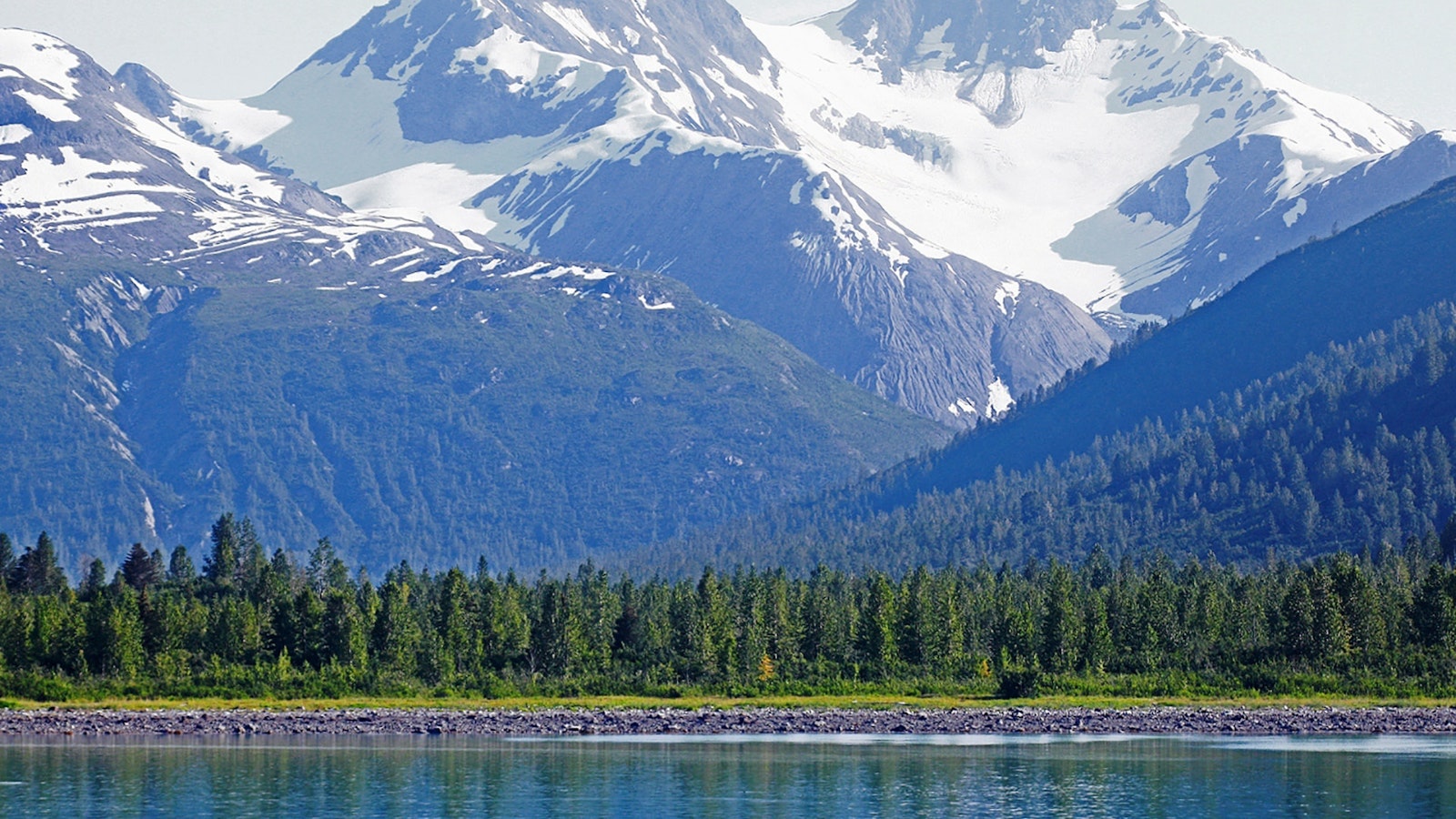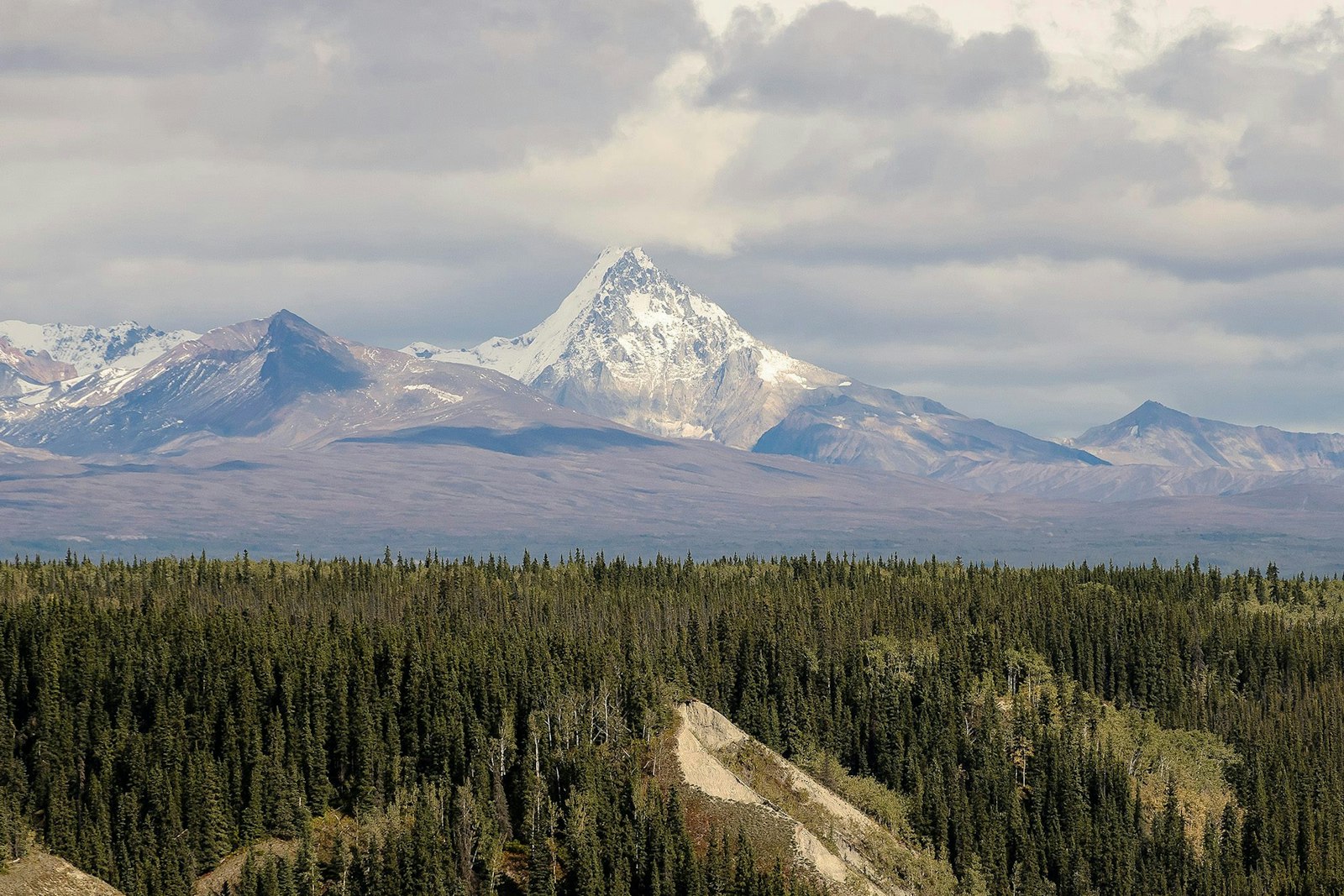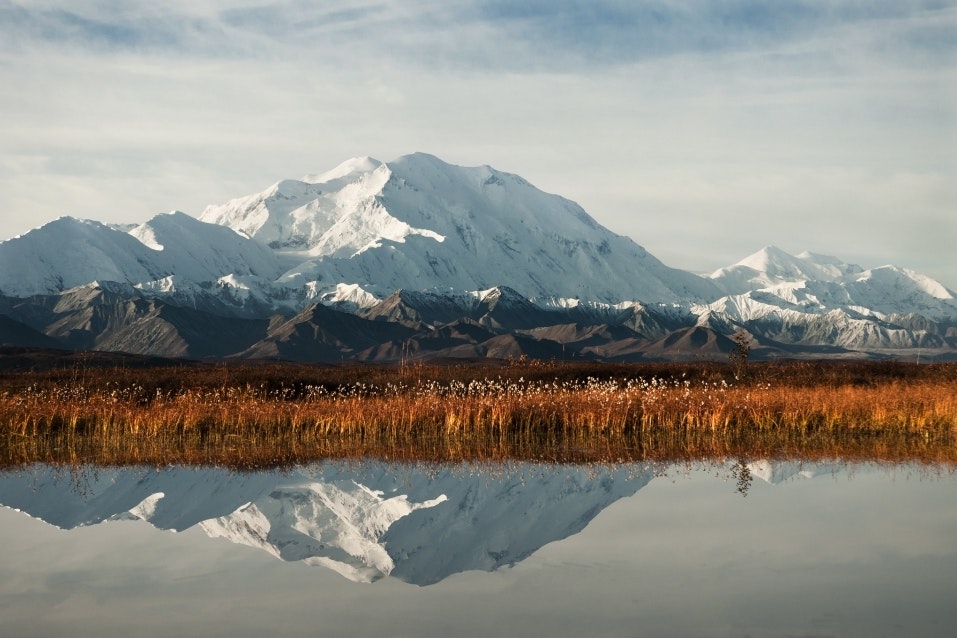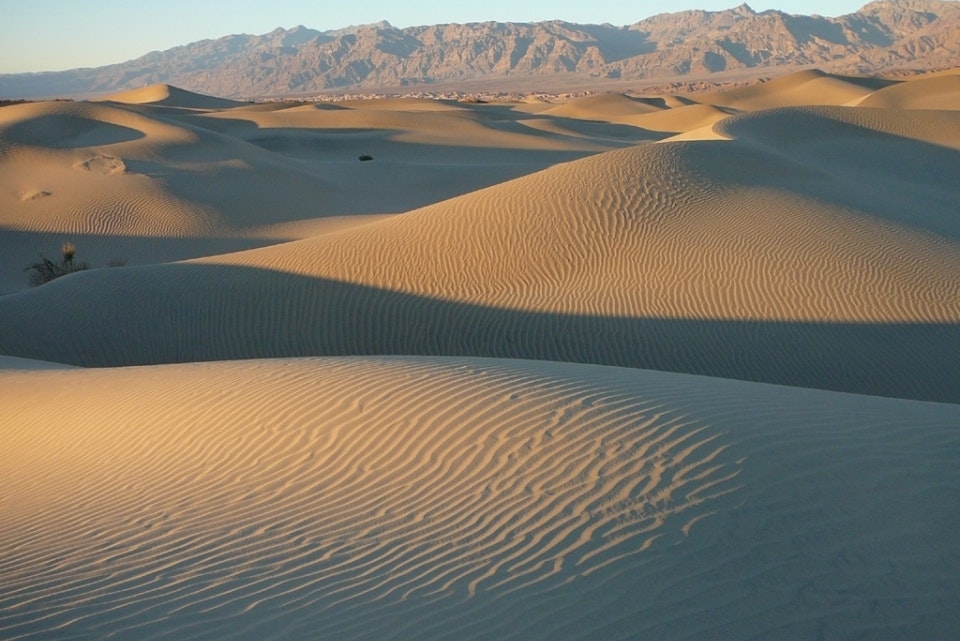The Size of the Largest National Parks Will Blow Your Mind

.
.
National parks capture the imagination in countless ways – some subtle, others not so much – but one of the many incredible aspects of the National Park System is the sheer size of our largest national parks. Our most massive parks span millions of acres and protect everything from towering mountains and deep canyons to vast deserts and enormous glaciers. Even if the undeniable richness of these landscapes weren’t a factor, the sheer vastness of these parks would still be staggering. And with so much to protect, the support of the National Park Foundation (NPF) is crucial to ensuring these parks continue to thrive.
Biggest of Them All

The uncontested heavyweight champion of the National Park System is Alaska's Wrangell-St. Elias National Park & Preserve. At 13.2 million acres, it's larger than Yellowstone National Park, Yosemite National Park, and Switzerland combined. The park is also one of the wildest places in North America, with vast areas of untouched wilderness, an incredible abundance of wildlife, and hardly a man-made structure to be found.
Wrangell-St. Elias spans the convergence of four mountain ranges and encompasses some of the highest peaks in the U.S., including the 18,008-foot Mount Saint Elias. It's also a place of wild extremes. More than a quarter of the park is covered in glaciers, yet it's also a hotbed of volcanic activity, with thousands of lava flows converging in the 2,000-acre Wrangell Volcanic Field.
In 2019, NPF granted money in support of field trips for local students, so they could better learn about the seasons and landscapes of the park. From a springtime Earth Discovery Day for 4th, 5th, and 6th graders to overnight camping trips for 7th and 8th graders, these field trips help students explore the diverse landscape of our nation’s largest national park.
Look to Alaska

Wrangell-St. Elias National Park & Preserve may be the largest national park in the U.S., but some of its neighbors aren't too far behind. In fact, seven of the 10 biggest national parks can be found in Alaska. Each of these giants has something special to offer.
- Gates of the Arctic National Park and & Preserve (8.5 million acres) is Alaska's northernmost park, home to the rugged Brooks Range and the hardy Alaska natives who have hunted caribou on this land for thousands of years. In 2019, NPF supported park staff on a visit to fourth grade classes near Fairbanks, Alaska to introduce students to Alaska’s 16 national park sites and prepare them for a trip to their closest park, Denali National Park & Preserve. Due to the park’s remote nature, this type of visit in collaboration with other parks allows students to explore the variety of Alaskan landscapes protected by NPS.
- Denali National Park and & Preserve (6.1 million acres) centers on Denali, the tallest peak in North America, and protects vast glaciers and boreal forests. Denali is one of three pilot parks in the Don’t Feed the Landfills initiative, led by Subaru of America Inc., NPF, the National Park Conservation Association, and park concessionaires. In 2020 alone, the parks cut their landfill waste by nearly half through increased recycling, compositing, outreach, and education.
- Katmai National Park and & Preserve (4.3 million acres) harbors one of the largest grizzly bear populations in the world. Thousands of bears congregate at Katmai every year to feast on abundant salmon runs in the Brooks River.
- Glacier Bay National Park and & Preserve (3.3 million acres) is best known for its awe-inspiring tidewater glaciers, which stretch from the mountains to the coast. In 2020, NPF, the Conservation Fund, Hoonah Indian Association, and NPS partnered to protect a 150-acre cultural site in the park, sacred to the Huna Tlingit, the people native to Glacier Bay.
Biggest in the Lower 48

Alaska may have its share of huge national parks, but the contiguous United States is also home to giants that feature some of America's most iconic landscapes. Be sure to check out these massive parks in the lower 48 states.
- Death Valley National Park (3.4 million acres) is the hottest, driest, and lowest place in the U.S., harboring a stunning diversity of plants and animals. As part of NPF’s Women in Parks initiative, in 2020 NPF supported the hiring of a research associate to uncover and share the history of women in the park, including prospectors, business owners, activists, philanthropists, and more.
- Yellowstone National Park (2.2 million acres) encompasses a vast area of geothermal features, from the iconic Old Faithful geyser to the Grand Prismatic Spring. It's also home to wolves, bison, and more than 50 other mammal species. NPF is a long-standing supporter of wildlife conservation in Yellowstone – 2020 marked the 25th anniversary of the reintroduction of wolves to the park, and a multi-year project to promote the growth of the native cutthroat trout population is under way.
- Everglades National Park (1.5 million acres) protects southern Florida's vital wetlands, the largest tropical wilderness in the country. NPF is proud to support several projects in the park to protect its many natural resources, including monitoring the Florida bonneted bat and installing new signage to help protect wildlife such as wading birds or even crocodiles.
- Grand Canyon National Park (1.2 million acres) includes one of America's most stunning natural features, the vast Grand Canyon, which stretches up to 15 miles wide and a mile deep at some points. NPF supports service corps crews in parks nationwide, including the Grand Canyon. In 2019, the Arizona Conservation Corps Ancestral Lands crew 366 spent the summer in the park, restoring and rebuilding boundary fences that border lands that belong to the Hualapai and Havasupai tribes.
Size isn't everything, but when you're looking for a place to escape from everyday life, it's hard to argue with millions of acres of untouched wilderness. If the job of the National Park Service is to protect America's most essential landscapes, then our largest national parks make a strong case for what an important job that is. NPF is proud to support various programs and projects that help protect these parks, as well as those that help connect us to and educate us on these magnificent places.